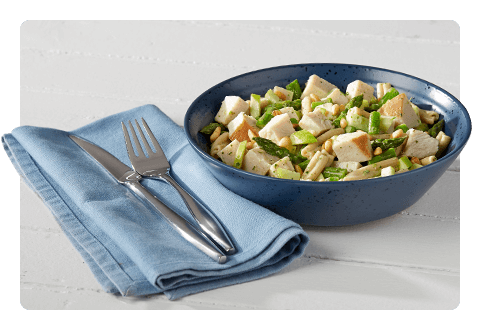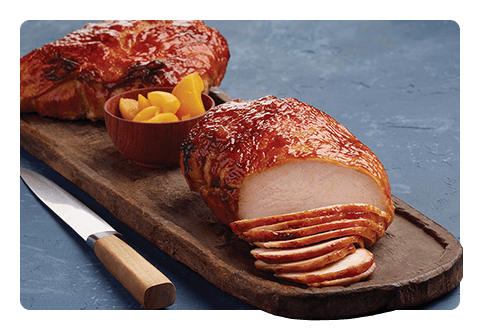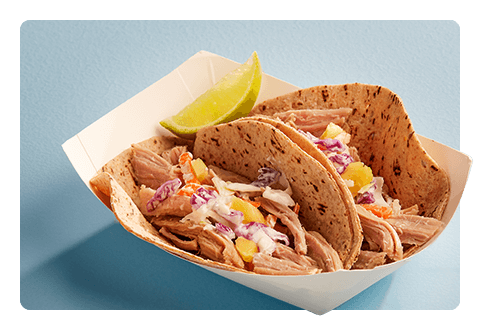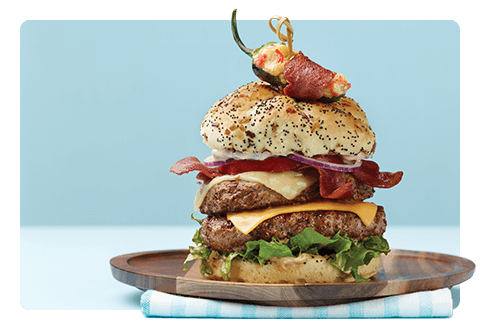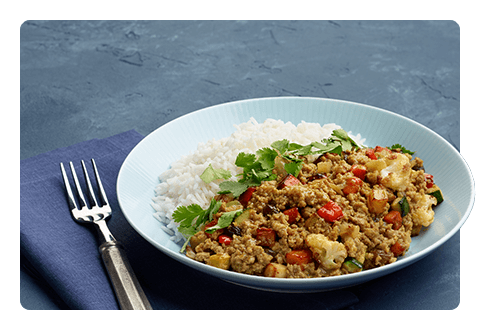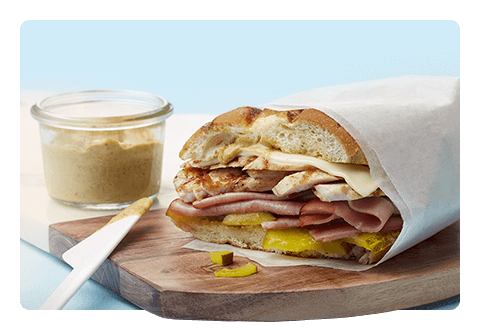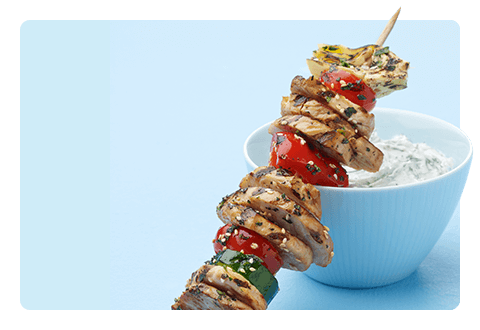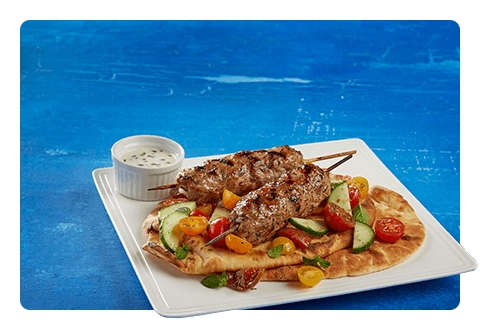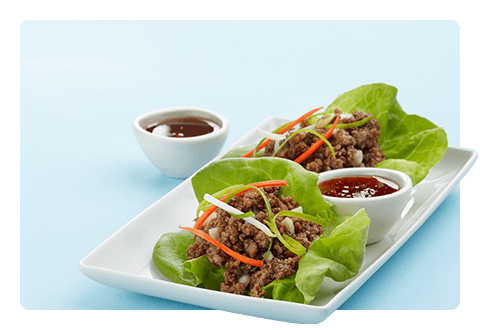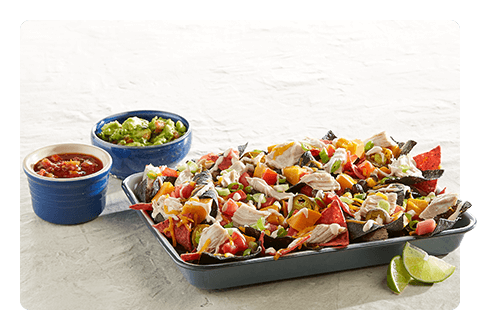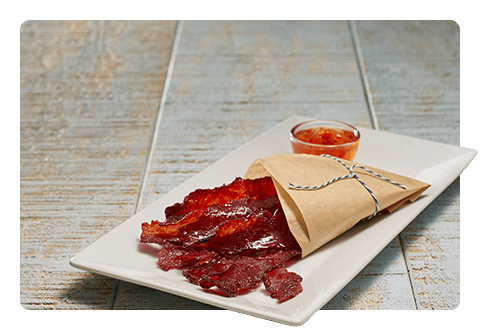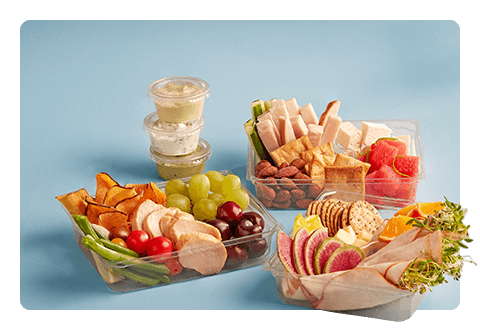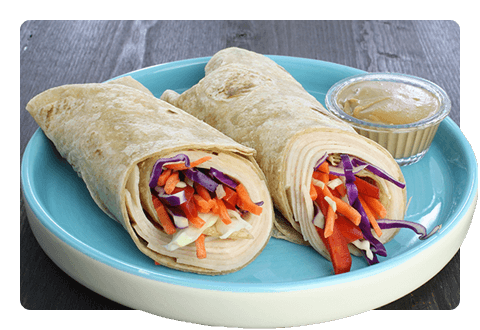Manage Your Costs and Inventory Like a Boss
July 2019
Every operator knows there’s a lot that goes into a restaurant’s success, and two of those things are food costs and inventory. While menu prices are typically consistent, the costs of ingredients fluctuate. A fundamental way to evaluate food cost management is to calculate the difference between theoretical and actual food costs, or what’s known as Actual vs. Theoretical Variance. No surprise, the end goal is to keep that variance as low as possible.
Theoretical food costs are the sum costs of each ingredient that goes into each menu item, including any paper costs, purchased under perfect conditions. These numbers don’t factor in variables such as waste or human error. To find this figure, operators need to know the true food costs, units sold and total food sales. Actual food costs refer to the food expenses that a restaurant ultimately incurs. They require knowing the beginning, new and ending inventories of a period along with total food sales.
Subtracting the actual food costs from the theoretical food costs reveals any variances, which could expose unaccounted-for costs. Once operators know this figure, they can take steps to identify and remove any discrepancy-causing factors. Miscalculated inventory is often the culprit behind rises in variance and food costs. Waste is another factor and can provide further insight into whether portions are too large or foods are spoiling too quickly. Perhaps menu prices aren’t sufficient to cover the rising costs of ingredients for some dishes. By calculating food costs every 6–12 months, operators can get a good picture of restaurant efficiency.
Operators must also pay close attention to inventory. The ideal time to take inventory is outside regular operating hours, at the time of order delivery. Managing inventory throughout the week makes it easier and less stressful than letting it pile up, while assigning more than one employee to the task reduces the likelihood of mistakes. Keeping the inventory team members consistent also leads to efficiencies, as they’ll get faster each time they do it.
When taking inventory, operators can streamline the process with a few best practices. Establishing delivery routines makes it so orders can be placed only within a certain time frame. Three-way invoice matching adds extra certainty that operators are paying for only what they order. Furthermore, tracking waste can help optimize the quantities that chefs truly need and determine where savings are possible.
With proper management of food costs and inventory, operators can monitor overall performance and pinpoint where they may need changes. A keen eye toward the details will ultimately ensure a restaurant is running as efficiently as possible.
How do you manage food costs and inventories in your operation? Share your strategies with us on Facebook or LinkedIn. For more trends and insights, be sure to check out our Resource Center.
SOURCES
Tuder, Stefanie. Calculating Actual & Theoretical Food Costs, Sirvo, January 2016.
Theoretical Food Cost vs Actual Food Cost – Differences & Acceptable Variances, Chefs Resources, 2018.
Janzer, Cinnamon. What Restaurants Need To Know About Inventory Management, Restaurant Insider, August 2018.
Offset labor costs with menu, purchasing and inventory excellence, Restaurant Business, January 2019.

